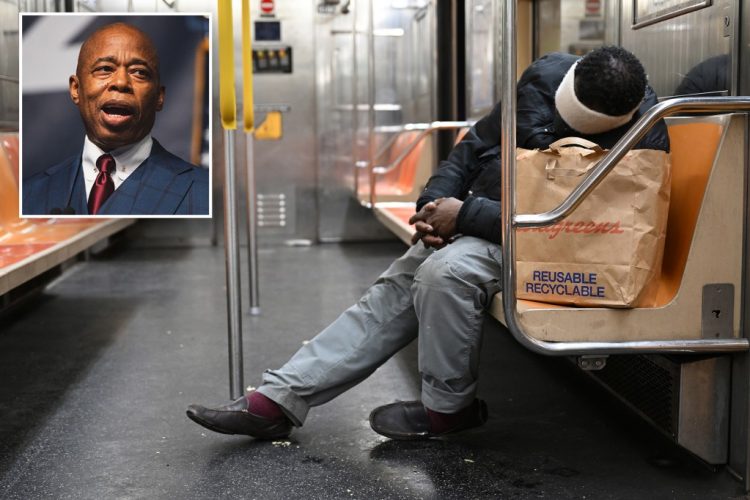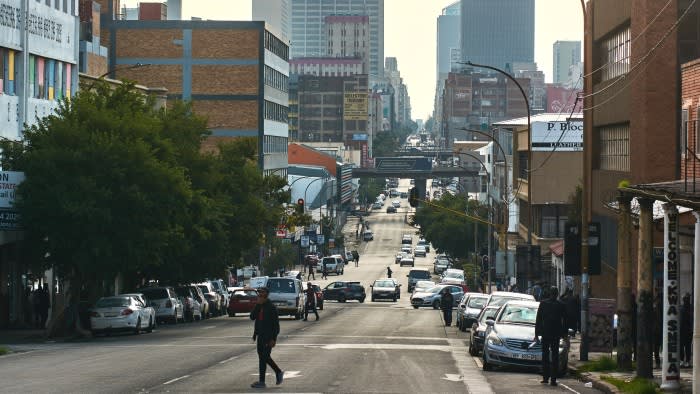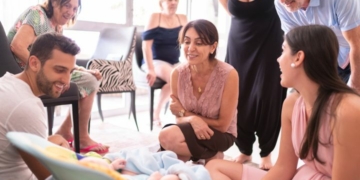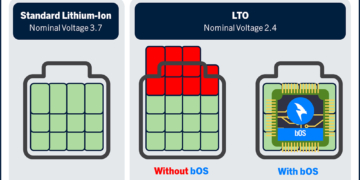Mayor Eric Adams’ comprehensive subway safety plan kicked off to a slow start Monday following a spate of violent underground incidents over the long holiday weekend.
The plan, which seeks to crack down on subway crime and help the chronically homeless into shelters, promised to send about 30 specialized teams made up of cops, homeless outreach workers and behavioral clinicians into high-priority subway stations.
City Hall was unable to confirm how many of those teams were dispatched Monday, saying only that “some came online today” and the full 30 would be deployed in the coming days and weeks.
The Post visited four of six subway stations identified by City Hall as having the “highest need” and only spotted workers at two locations, who were found toiling alone.
“They were supposed to have police [with us today], but no,” said a homeless outreach worker at one of those stations, who requested anonymity because they are not authorized to speak to the press.
“We are super understaffed so it would be great if they hire more people.”
At Grand Central Terminal, a homeless outreach worker was seen surveying the station alone but declined to answer questions when approached by The Post.

Adams announced the plan Friday, describing the no-nonsense goal as two-pronged: crack down on subway rule breakers and get vagrants into shelters.
“No more smoking. No more doing drugs. No more sleeping. No more doing barbecues on the subway system. No more just doing whatever you want,” Adams said at a press conference.
“No. Those days are over. Swipe your MetroCard. Ride the system. Get off at your destination. That’s what this administration is saying.”
The plan includes sending homeless outreach teams to the “highest-need” stations — Penn Station, Grand Central Terminal, West 4th Street, the West 42nd Street Corridor, the Fulton Street Corridor and Jamaica Center — to convince unhoused New Yorkers to enter the shelter system.
City Hall has proposed other so-called “End of the Line teams” that can be dispatched to the last stops on the E, A, N, R, trains and the Seventh Avenue subway lines where they’ll work to get homeless New Yorkers off the subway and into a shelter.
Finally, the plan includes sending out groups of outreach workers, clinicians and officers to subway cars on high-priority lines where they’ll “steer clients off trains to platform-based clinical teams” and monitor subway crime.

Adams’ crackdown comes after a string of violent incidents on the rails, including the shoving death of Michelle Go, 40, in Times Square, and a series of assaults and stabbings, including seven violent encounters over this past weekend alone.
On Monday morning, a mentally ill homeless man whacked Evelina Rivera, 30, in the face with a metal pole so hard, her septum piercing is now “crooked.” She said the attack came after the stranger demanded she “shut the f–k up” as she chatted with another straphanger.
“I like that they’re taking action, it’s just, why weren’t they doing that before?” Rivera told The Post. “If this has been an ongoing issue why haven’t they done more? It shouldn’t take so many of these unfortunate incidents for them to do something about it.”
Late Monday afternoon, a homeless man was seen rocking back and forth at the end of the 3 line at the Harlem/148th Street station with no outreach workers or cops in sight.

At Jamaica Center in Queens, commuters reported a higher police presence than usual, which they welcomed, but no homeless outreach teams were spotted.
“The best city in the world should have the best transit system in the world. I’m willing to deal with the dirt and the delays, but my safety isn’t negotiable,” said Courtney Salmon, 50.
“There have been enough subway horror stories to last a lifetime. I’m glad to see the city is finally taking a stand against the violence.”
Annett McDonald, 38, said, “It’s about time.”
“It’s so bad down there. So bad. It’s gotten so much worse in the winter. I see things almost every day, things I can’t speak out loud. Every time I hear someone say the crisis is overblown, I want to scream at them: ‘Have you taken the subway lately?!’” said McDonald, who came from Brooklyn on the J line.
“I’ve been shouted at. I’ve been threatened. I’ve seen people use the train as a toilet or worse. There should have been police down there months ago, but thank God they finally started. Better late than never. No one else should have to lose their life.”
City Hall was unable to answer questions posed by The Post Monday, including specifics on when the outreach teams will be out, how much the plan will cost and how many homeless New Yorkers were helped so far on the first day.
In a statement, a City Hall spokesperson said the safety plan is key to New York City’s recovery from COVID-19.
“Mayor Adams strongly condemns this weekend’s attacks. The subways are the lifeblood of our city, and the mayor has been crystal clear that for a full recovery to happen, our subways must be safe,” the spokesperson said.

“But the facts of this weekend’s incidents make clear that each is a unique circumstance and shouldn’t be subject to sweeping generalizations. We should not conflate such isolated acts of violence on the subways with broad statements about the behavioral and mental health challenges the city is confronting, or the issues of aiding those experiencing homelessness that the mayor’s plan directly addresses,” the statement continued.
“We must understand the root causes of each matter to piece together the facts with intelligence and care, and to stop the violence and keep all New Yorkers safe.”
Additional reporting by Catalina Gonella














